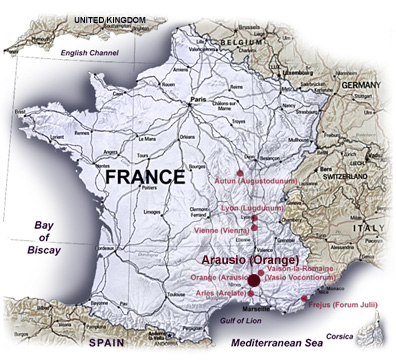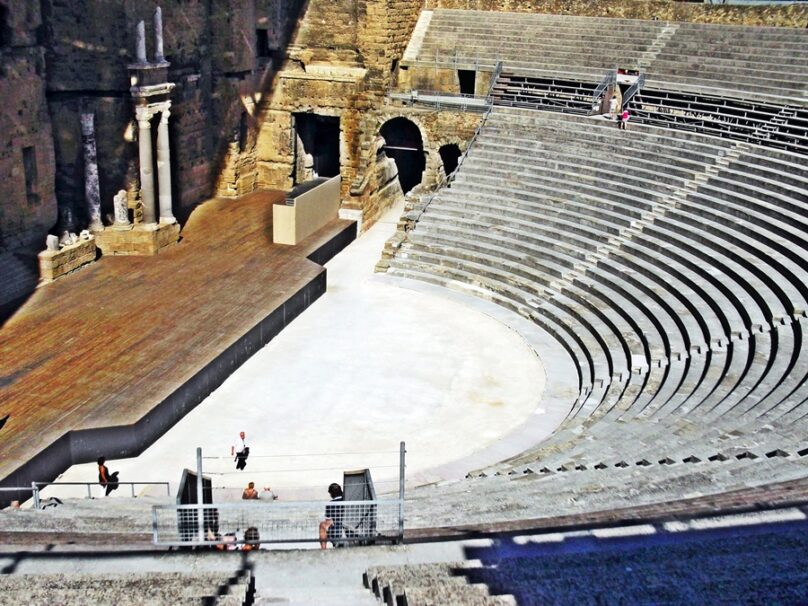

The Romans had two armies in southern Gaul in 105 BC. We also have little or no information about the events leading up to the campaign, and our sources all begin with the Roman forces in place. The modern consensus is that this battle only involved the Cimbri, and the other tribes became involved in the fighting in 102-101 BC, but it isn't possible to be entirely sure about that. Plutarch gives the Cimbri and Teutones in his life of Sertorius. The periochae of Livy, Granius Licinianus and Cassius Dio just mentions the Cimbri. Orosius and Eutropius list the Cimbri, Teutones, Tigurini and Ambrones. Our sources disagree on which tribes were present.

The nones of October fell on the 7th, placing the battle of 6 October 105 BC. Granius Licinianus places it on the day before the nones of October. The battle of Arausio isn't terribly well documented, but for once we do have a fixed date. They then disappeared into Gaul, before reappearing in 109 or 108 BC, when they defeated the consul Marcus Junius Silunus, probably somewhere on the borders of the Roman province in Gaul. The Cimbri first appeared in the records in 113 BC, when they defeated a Roman army near Noreia, to the north-east of the Alps, after migrating south from Jutland. The battle of Arausio (6 October 105 BC) was the most serious Roman defeat during the Cimbric Wars and saw the defeat and destruction of two Roman armies, apparently leaving Rome open to attack.


 0 kommentar(er)
0 kommentar(er)
